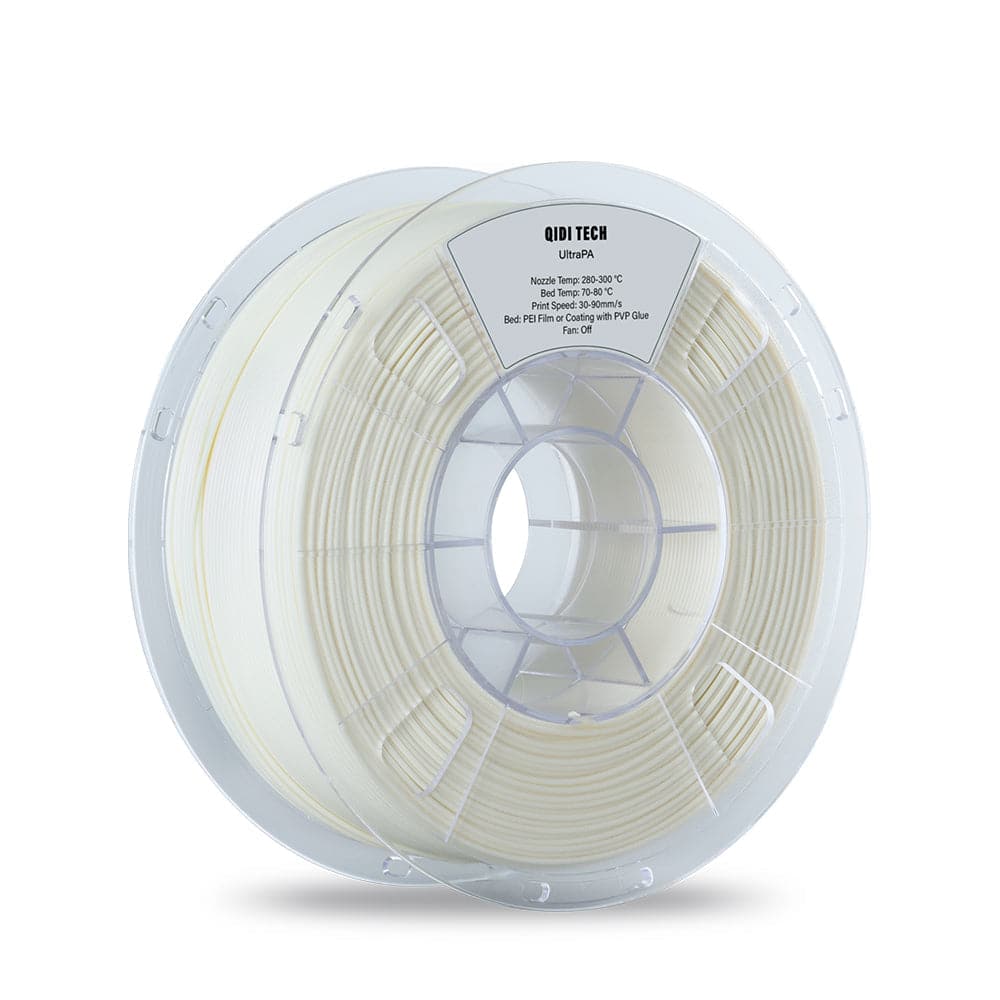Unlocking the Magic: Discover the Secret Benefits of Nylon Filament in 3D Printing!
Nylon filament has emerged as a game-changer in the world of 3D printing, capturing the attention of enthusiasts and professionals alike. This innovative material is not just a passing trend; it offers a unique blend of properties that can significantly enhance the quality and functionality of 3D printed objects. Understanding the characteristics and advantages of nylon filament is essential for anyone looking to elevate their 3D printing projects. In this article, we will delve into the remarkable benefits that nylon filament offers, exploring its properties, applications, and why it might just be the perfect choice for your next project.

Understanding Nylon Filament
Nylon filament, a type of synthetic polymer, is made from polyamide, which is known for its exceptional strength and elasticity. One of the most appealing physical properties of nylon is its impressive tensile strength, enabling it to withstand significant stress without breaking. In addition to its strength, nylon is also highly flexible, allowing for a degree of bending without fracturing, making it an excellent choice for parts that require durability and resilience. Its resistance to wear means that items printed with nylon can endure the rigors of daily use, while its chemical resistance protects against degradation from various substances. Overall, the combination of strength, flexibility, and durability makes nylon filament a top contender in the realm of 3D printing materials.
Applications of Nylon Filament in 3D Printing
The applications of nylon filament in 3D printing are vast and varied, making it a versatile choice across numerous industries. In prototyping, nylon is favored for creating robust models that can simulate the performance of the final product, allowing designers to test functionality and aesthetics before moving to production. For functional parts, such as gears and brackets, nylon’s durability and resistance to wear make it an ideal choice, particularly in demanding environments like automotive and aerospace industries. Additionally, artists and creators are utilizing nylon filament to produce intricate designs and artistic projects, benefiting from its ability to capture fine details and complex geometries. Industries ranging from consumer products to medical devices are increasingly leveraging nylon filament to push the boundaries of what is possible in 3D printing.
Benefits of Using Nylon Filament
One of the standout benefits of using nylon filament in 3D printing is its superior mechanical properties. Nylon prints exhibit excellent layer adhesion, which is crucial for maintaining the integrity of the finished product, especially in functional applications. This characteristic also allows for the production of intricate designs that stand up to practical use, a feat that can be challenging with other materials. Furthermore, nylon is known for its ability to produce high-quality prints with a smooth finish, minimizing the need for post-processing. My friend, who is a passionate 3D printing hobbyist, often emphasizes how nylon filament has transformed his projects, allowing him to create complex interlocking designs that are both stunning and functional. This versatility makes nylon filament an invaluable asset for anyone looking to enhance their 3D printing capabilities.
Comparison with Other Filaments
When comparing nylon filament with other common 3D printing materials like PLA and ABS, several unique advantages stand out. While PLA is easy to print and biodegradable, it lacks the strength and heat resistance found in nylon. ABS, on the other hand, offers durability but can be challenging to work with due to warping and the need for high print temperatures. Nylon's unique combination of strength, flexibility, and resistance to wear makes it a preferred choice for applications where performance is crucial. Whether you are creating functional parts that need to withstand stress or artistic pieces that require intricate detail, nylon filament offers distinct benefits that make it worth considering over its counterparts.
Summary of Nylon Filament Benefits
In summary, nylon filament is a remarkable material that brings a wealth of properties, applications, and benefits to the table in the realm of 3D printing. Its strength, flexibility, and durability make it an excellent choice for both functional and artistic projects, appealing to a wide range of users from hobbyists to industry professionals. As 3D printing continues to evolve, understanding the potential of materials like nylon filament will be essential for anyone looking to push the boundaries of creativity and functionality in their designs. Whether you are just starting your 3D printing journey or you are an experienced practitioner, incorporating nylon filament into your projects can lead to impressive results and new opportunities.








